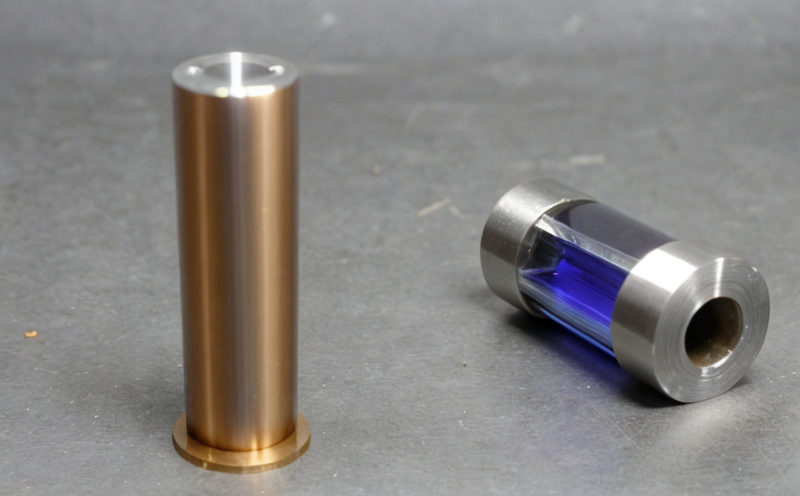Dimensional change in knitted jersey fabrics after laundering
Understanding dimensional stability and shrinkage is crucial for textile manufacturers, especially when dealing with knitted jersey fabrics. These materials are widely used in clothing because of their flexibility and comfort. However, the properties of these fabrics can change significantly during the washing process, affecting fit, appearance, and consumer satisfaction.
Knitted jersey fabric undergoes several physical changes during laundering due to the nature of its construction—multiple layers of interlocking loops that create a stretchy, flexible material. The shrinkage or dimensional change in these fabrics can result from various factors such as the type of yarn used, the weave structure, and the washing conditions.
Testing for dimensional stability is particularly important when the fabric will be exposed to repeated washing cycles, which is common in garments like T-shirts, sweatshirts, and activewear. The standard test method for assessing this property involves measuring the dimensions of a sample before and after laundering according to specified conditions.
The testing process typically follows ISO 13938-2:2017, which specifies methods for determining dimensional change in woven, knitted, or non-woven fabrics. This international standard ensures consistency across different laboratories and provides a reliable method for evaluating the effects of washing on fabric dimensions.
The test procedure involves preparing a sample according to the specified requirements, laundering it under controlled conditions, and then measuring its dimensions before and after the process using appropriate instruments such as digital calipers or laser micrometers. The difference between these measurements provides an accurate assessment of the dimensional change in the fabric.
Understanding the factors that influence shrinkage is essential for predicting how a garment will perform over time. For instance, the type of yarn used can significantly impact the fabric's ability to retain its original shape after washing. Fine gauge yarns tend to stretch more than coarser ones, leading to greater dimensional change.
The weave structure also plays a role in determining the fabric’s behavior during laundering. Jersey fabrics with tighter weaves may experience less shrinkage compared to looser constructions due to fewer gaps between loops that can trap water and allow stretching during washing.
Environmental factors such as water temperature, detergent type, and agitation speed all contribute to the extent of dimensional change observed in knitted jersey fabrics. Higher temperatures generally increase shrinkage, while milder detergents tend to reduce it. Agitation speeds that are too high can also cause excessive stretching and subsequent recovery issues.
Testing for dimensional stability is not just about meeting industry standards; it’s an essential step in ensuring product quality and customer satisfaction. By accurately measuring the changes in dimensions, manufacturers can make informed decisions regarding fabric selection, design modifications, and even marketing strategies that emphasize durability and fit.
Applied Standards
Scope and Methodology
The scope of this service includes the comprehensive evaluation of dimensional change in knitted jersey fabrics after laundering, following established international standards. This involves preparing fabric samples according to specified requirements, subjecting them to controlled washing conditions, and measuring their dimensions both before and after the process.
The methodology follows ISO 13938-2:2017, which outlines a series of steps designed to accurately assess dimensional change. The process begins with selecting appropriate samples that represent typical fabric characteristics used in production. Samples are then conditioned according to specified environmental conditions to ensure consistency.
After conditioning, the samples undergo washing using the specified parameters such as water temperature, detergent type, and agitation speed. Once the washing cycle is complete, the samples are dried and allowed to reach equilibrium before measurement. Measurement tools like digital calipers or laser micrometers are used to record initial dimensions.
The same instruments are then employed again after laundering to capture the final dimensions of the sample. The difference between these two sets of measurements provides a precise quantification of dimensional change in knitted jersey fabrics.
Reporting is conducted by comparing the measured values against acceptance criteria specified within the standard. Any deviations from acceptable ranges indicate areas where improvements might be necessary, such as adjusting yarn types or altering washing protocols to enhance fabric performance and customer satisfaction.
Industry Applications
- Clothing manufacturing
- Sportswear production
- Fashion design
- Retail quality assurance
This service finds extensive application in various sectors of the textile industry, particularly where garments are subject to repeated washing cycles. Clothing manufacturers rely on this testing to ensure that their products maintain their original dimensions throughout multiple washings, thereby enhancing customer satisfaction and product longevity.
In sportswear production, understanding how fabrics behave during laundering is vital for creating durable and comfortable garments that perform consistently over time. Fashion designers benefit from this service by being able to predict the behavior of different fabric types in their designs, allowing them to make informed choices about material selection.
Retail quality assurance teams use these tests to verify compliance with customer expectations regarding product durability and fit. By ensuring that products meet dimensional stability requirements, retailers can build trust with customers who value high-quality textiles.





